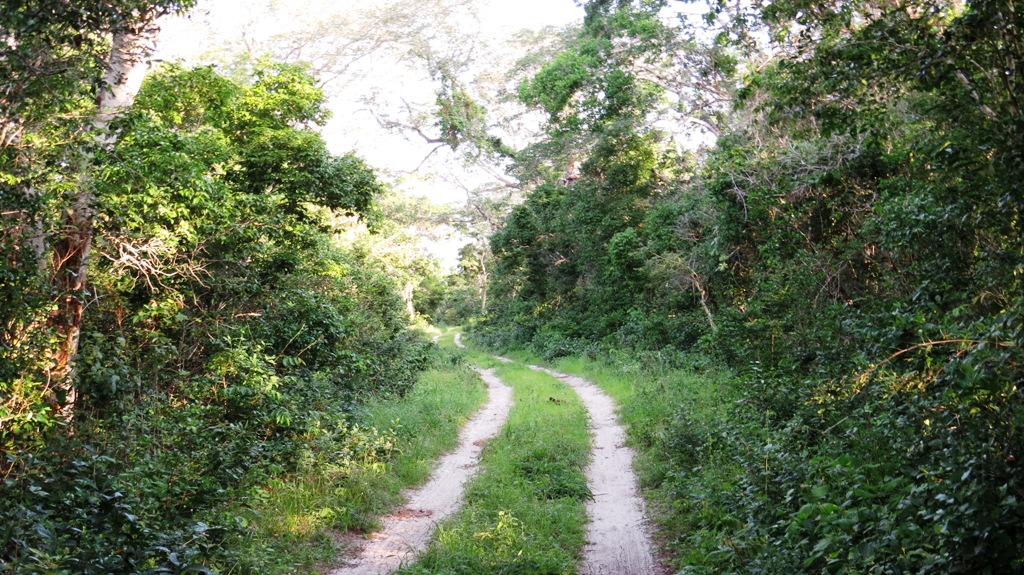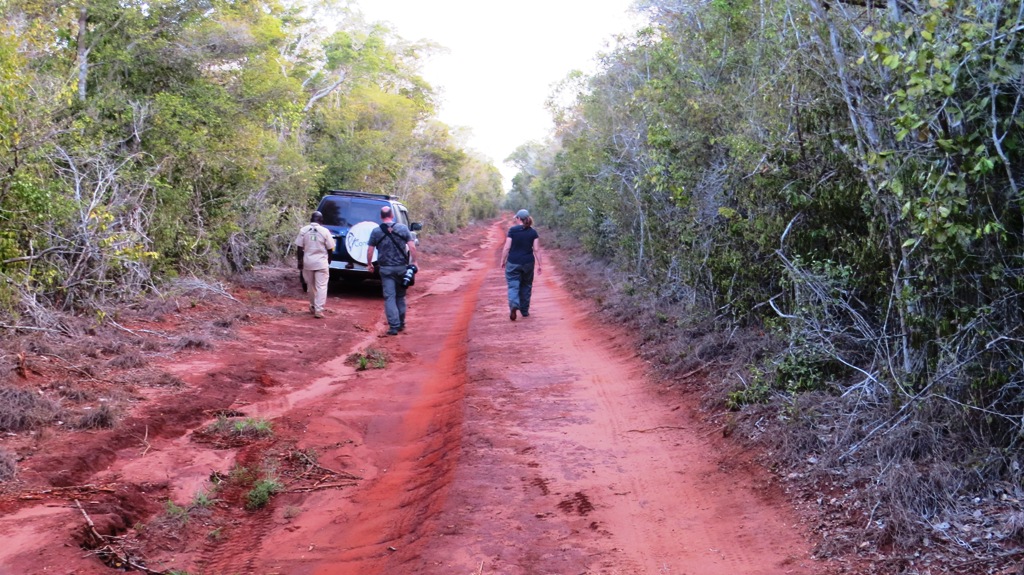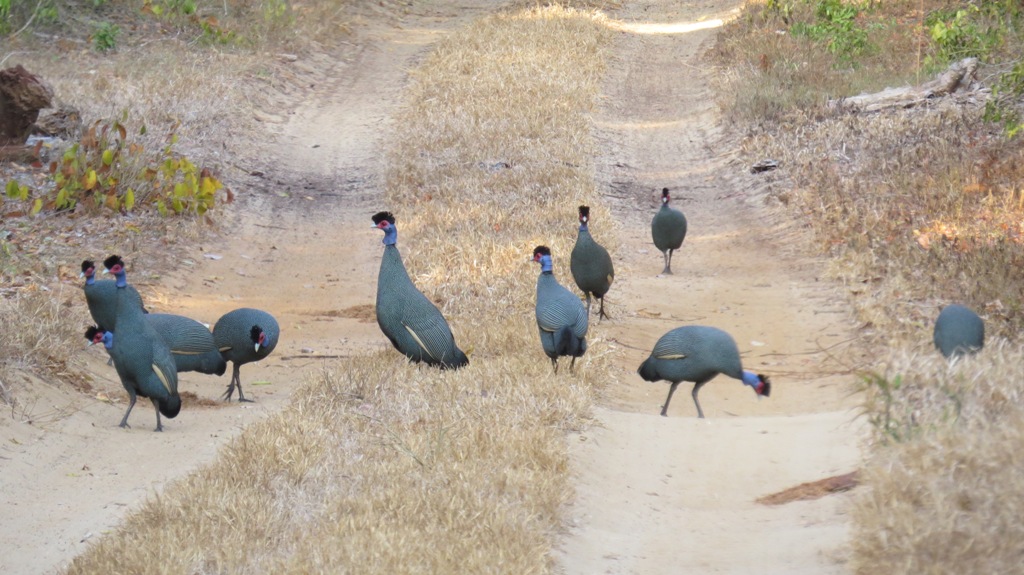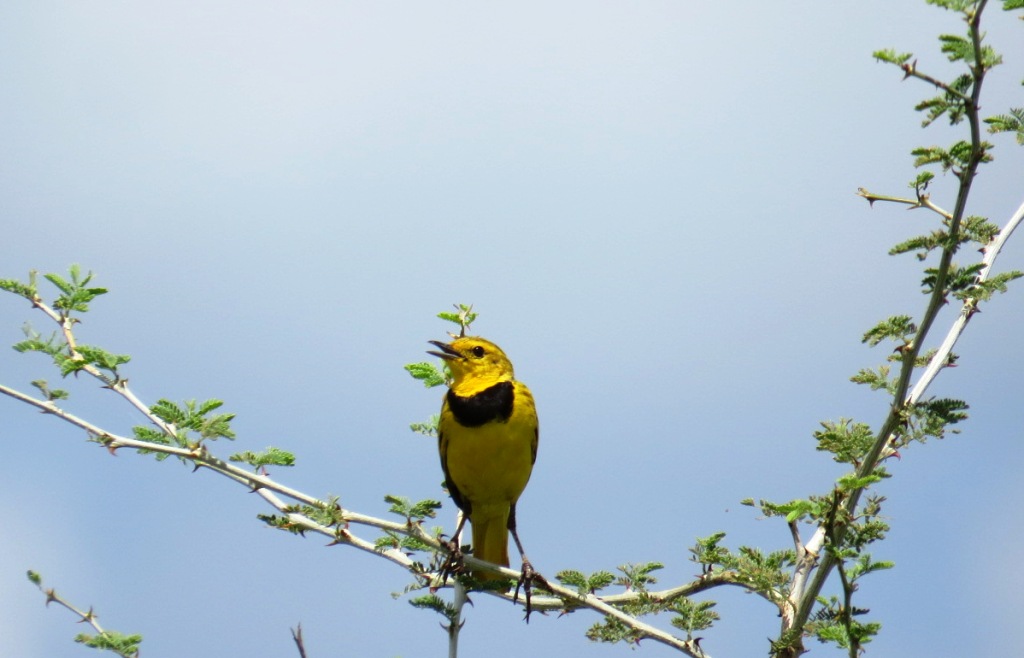Arabuko Sokoke Forest is regarded as one of the richest birding hotspots in the world and has an extraordinarily high level of endemism and biological diversity. The forest has well-kept nature trails with excellent bird list year-round

Arabuko-Sokoke Forest Reserve is a 420-square-kilometer coastal forest in Kenya. Arabuko Forest is the largest fragment of the East African coastal forest ecosystem, which once extended from Somalia to Mozambique. It is an excellent forest for birding with rare, endemic, and much sought-after birds in any birding safari in Kenya
Arabuko Sokoke forest has three main forest types which are superb birding areas- these include the mixed forest in the east, on grey sands. This habitat is relatively dense, tall, and undifferentiated, with a diversity of tree species. Characteristic trees include Combretum, Drypetes, Afzelia, Dialium, Hymenaea, and Manilkara The Brachystegia woodland runs in a strip through the approximate center of the forest, on white, very infertile soil. Brachystegia eclipses the comparatively open habitat. In the west, on red Magarini sands, is Cynometra forest and thicket, dominated by Cynometra with Manilkara, and Brachylaena where the rare Arabuko Sokoke Scops Owl roosts and the shy East Coast Akalat may be found in the dense thickets. The transition between white and red soil is sudden and marked by a chain of seasonal ponds.

There are two areas of relatively tall Cynometra forest, with a canopy height of up to 20 meters, in the north and the South of this zone. Between these is a lower, scrubbier formation of intermediate Cynometra with a canopy height of 7-8 meters. The dry north-western part of the Reserve is covered by a low, dense, and often almost impenetrable Cynometra thicket (2,300 hectares), with the canopy no more than 5 meters high.
The Arabuko-Sokoke forest is rich in wildlife; the forest has 40 recorded mammal species some of which are rare, mostly among the fauna. Six species of butterflies endemic to the East African Coast are present, as well as three rare, near-endemic mammals: Golden-rumped Elephant Shrew, Ader’s Duiker (found only in Arabuko Sokoke and Zanzibar), and the distinctive Sokoke bushy-tailed Mongoose. There is also a population of the African Elephant, and the African Golden Cat, rare in Kenya. Unusual reptiles include the Green Keel-bellied Lizard, and the forest is exceptionally rich in amphibians, including coastal endemics such as Bunty’s Dwarf Toad.
There are two wet seasons in Arabuko Sokoke Forest: April-June (long rains) and November-December (short rains). The other months will be usually hot and dry. Annual rainfall ranges from 1,000 mm in the east to 600 millimeters in the northwest
Arabuko Sokoke Forest is a well-known and must-visit destination in the Kenya coastal birding circuit, the location, plentiful birds, and accessibility, make it one of the most visited forests in East Coast Kenya. Birdwatching in Arabuko Sokoke Forest is mainly conducted on foot, driving to several birding hotspots, and then walking starts as you search for the area specialties. To achieve and see most of the Arabuko forest bird species it is advisable to start the birding tour early when the birds are active

Arabuko-Sokoke Forest has been ranked globally as the second most important forest for bird conservation in the African continent. Six globally threatened bird species, and five out of the seven species in the East African Coastal forests endemic bird area, occur. Clarke’s Weaver, or Kilifi Weaver an endemic bird in Kenya is known only from Arabuko-Sokoke and the little-studied Dakatcha woodlands, while the Sokoke Scops Owl is only known from this forest and one other site in north-east Tanzania. There are over 270 species of birds recorded in the Arabuko forest, including 25 of Kenya’s 30 African East Coast biome species In terms of avians the area has the Southern Banded Snake Eagle, and Fischer’s Turaco, which is near threatened and is resident in the forest, Sokoke Scops Owl and Spotted Ground Thrush are Endangered, the Sokoke Pipit, East Coast Akalat, Amani Sunbird, Plain-backed Sunbird, and Clarke’s Weaver are vulnerable while Ayres’s Hawk-Eagle, African Crowned Eagle, African Pitta, Scaly Babbler and are regionally threatened.

A full-day birding in Ol Pejeta Conservancy offers a wealth of possibilities, the park hosts exciting bird species and special animals. Ol Pejeta exhibits such a versatile geography, endowed with endless rolling plains, rivers, marshes, and wetlands which are responsible for the great variety and abundance of birds and mammals
